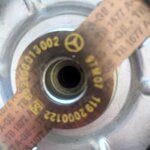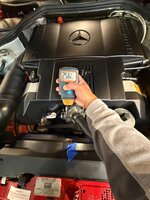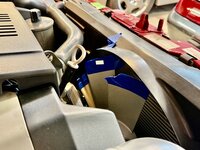As far as I know, the clutches have been out of production for several years, and are still marked as NLA from MB.
Sachs made them for many years, and the last years of production they were made by Horton, which is part of Sachs.
Where are these photos from? Are they recent?
Here is current availability from both MB Classic Parts in Germany and also RevParts catalog in the US.
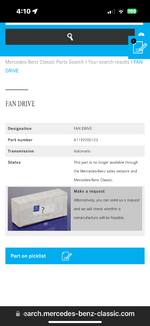
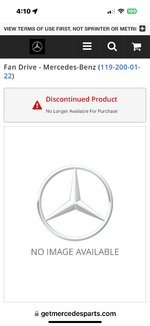
Sachs made them for many years, and the last years of production they were made by Horton, which is part of Sachs.
Where are these photos from? Are they recent?
Here is current availability from both MB Classic Parts in Germany and also RevParts catalog in the US.





![[500Eboard] 1726227412752.png [500Eboard] 1726227412752.png](https://www.500eboard.co/forums/data/attachments/198/198444-fe0a1afe46a4436c42469ba9f4d7b638.jpg?hash=_goa_kakQ2)



